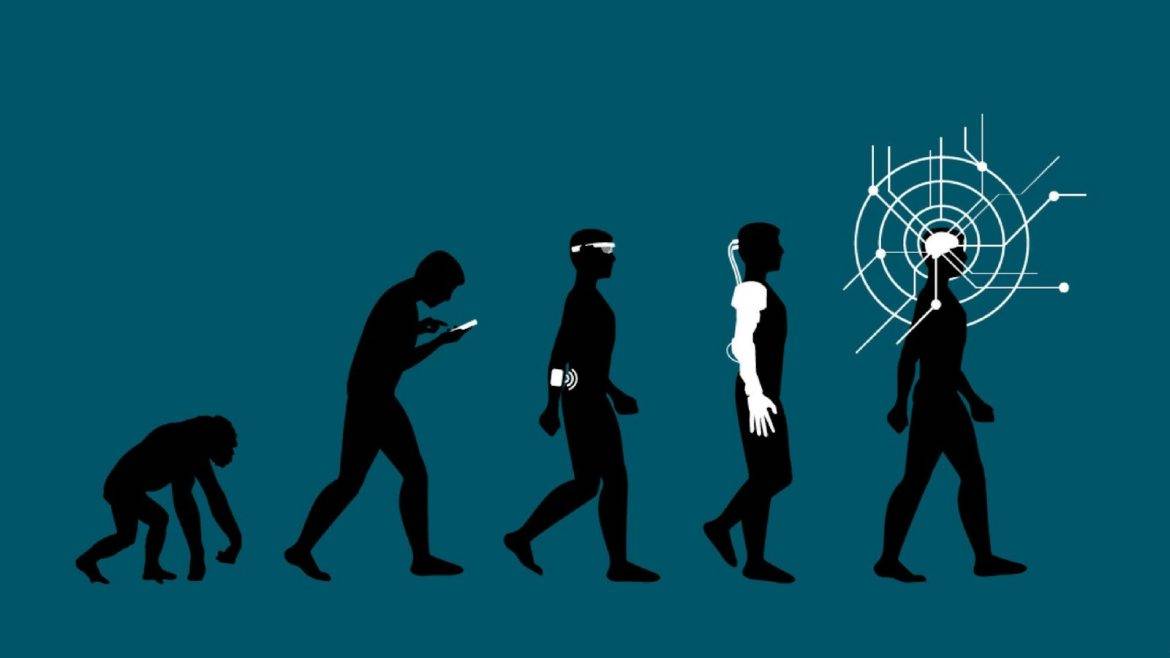Samsung Electronics, founded in 1969 in Suwon, South Korea, has evolved into one of the world’s leading technology companies. Known for its innovation across a wide range of consumer electronics, telecommunications, and semiconductor industries, Samsung has left an indelible mark on global technology and business landscapes. This article explores the history, achievements, products, and impact of Samsung Electronics.
Early Beginnings and Growth
Samsung was founded by Lee Byung-chul as a trading company dealing primarily in groceries, textiles, and later, electronics components. The company expanded into electronics manufacturing in the 1970s, laying the groundwork for its future as a technology giant.
Diversification and Expansion
Throughout the 1980s and 1990s, Samsung diversified its portfolio and expanded its global footprint:
Semiconductors: Samsung became a major player in the semiconductor industry, producing memory chips and processors crucial for computers and consumer electronics.
Telecommunications: Samsung entered the telecommunications market with the development of mobile phones and later became a leading manufacturer of smartphones and mobile devices.





